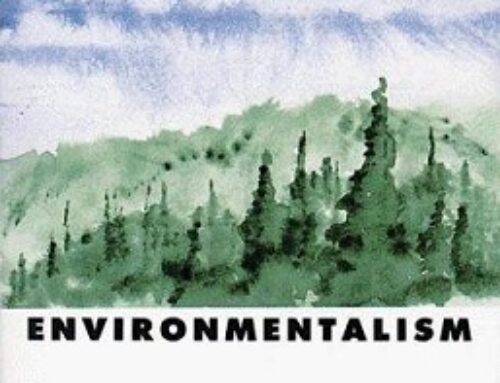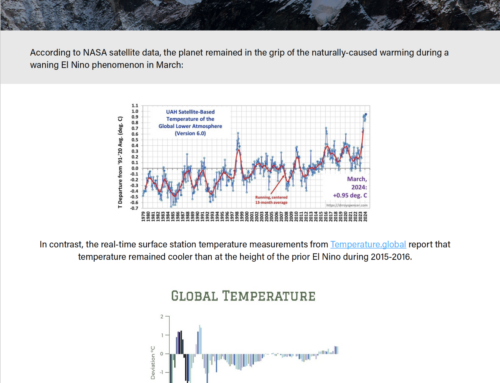by Steve Milloy, E&E Legal Senior Policy Fellow & Junkscience.com Founder
As Appearing in RealClear Markets
Two federal agencies reported last week that 2019 was the second warmest year since recordkeeping began in 1880. Much of the media converted “warmest” into “hottest.” What are we to make of this?
First, it is no surprise that 2019 was one of the warmest years since the late-19th century. It’s no surprise for three reasons.
First, as the United Nations Intergovernmental Panel on Climate Change pointed out in 1990, Earth has been in a general warming trend since at least the mid-17th century, i.e., the coldest part of a period in the Middle Ages known as the Little Ice Age.
Second, humans have increased atmospheric carbon dioxide (CO2) levels by almost 50% compared to pre-industrial times. Although CO2 is a trace gas in the atmosphere measured at about 0.041% of the atmosphere, there is no question that it has a warming effect.
Third, humans have dramatically changed the face of the planet since pre-industrial times. The six billion people we have added to the global population since 1850, have built roads and cities and otherwise changed the landscape in ways that have a warming effect. The roads and cities part of this is called the urban heat island effect.
Despite claims to the contrary, the reality is no one really knows how much each of these factors contributes to the observed warming.






